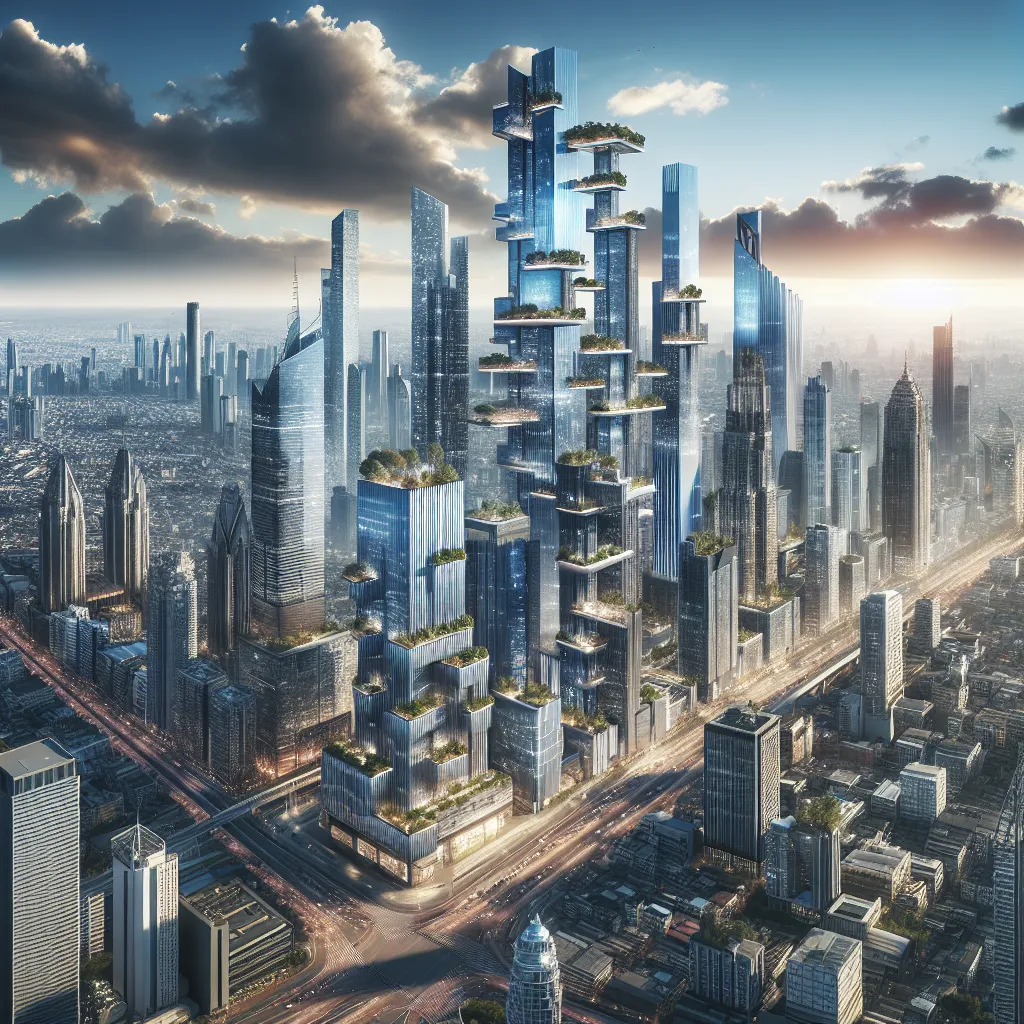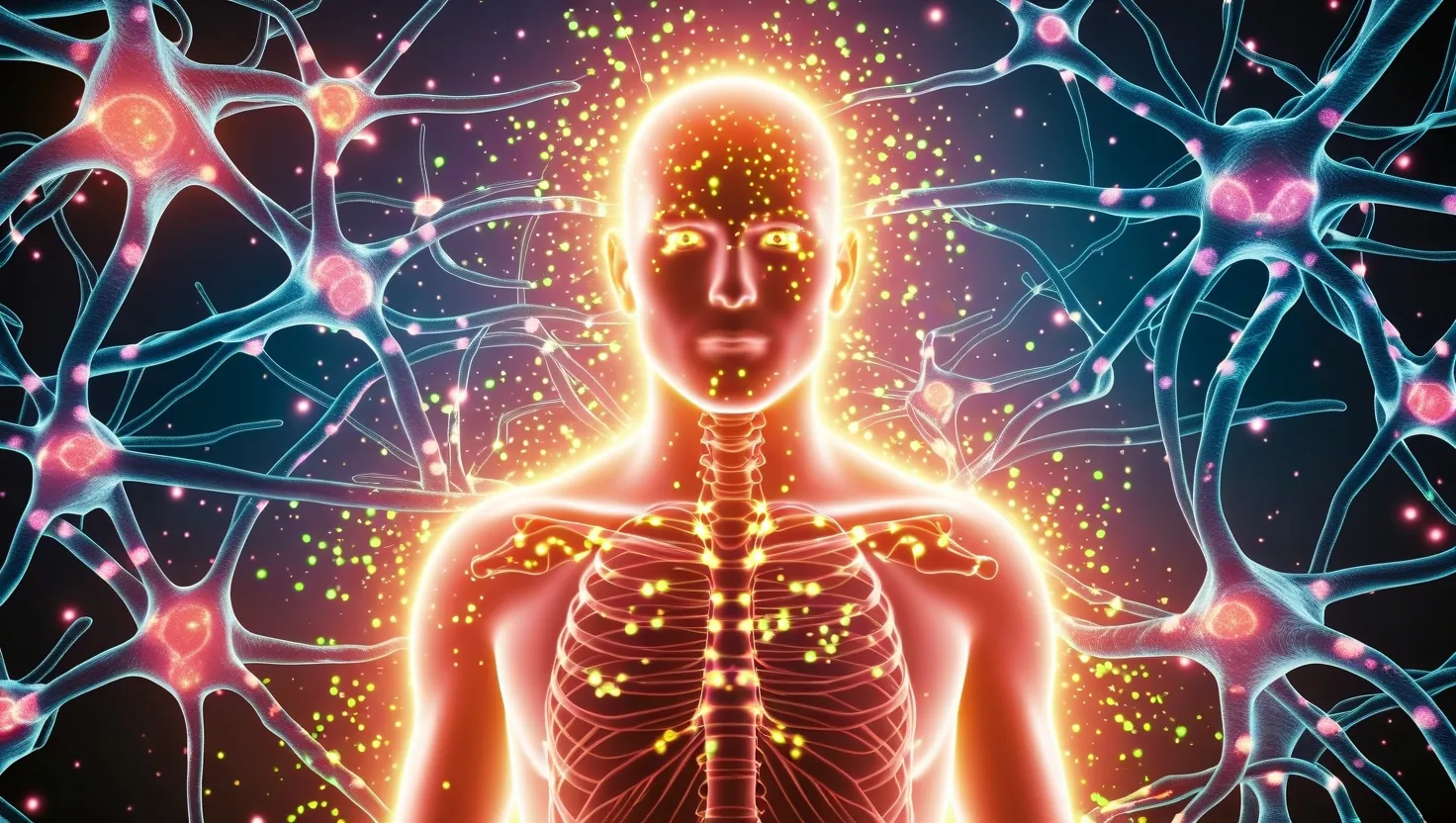Over the past five years, the number of skyscrapers over 300 meters tall has doubled. These towering giants are not just changing city skylines but also revolutionizing how we live and work. It feels like a golden age for high-rise buildings, with new technologies and innovations pushing boundaries higher than ever before.
Humans have always aimed high, from the towering constructions of the Egyptians, Romans, and Greeks to modern super skyscrapers. Today’s skyscrapers are redefining use, space, and aesthetics in game-changing ways. Let’s dive into what makes these giants tick from the inside out.
One Canada Square in London’s Canary Wharf, built in 1991, epitomized office space for two decades. But today, it’s more about maximizing internal space than just height. On the very top of one Canada Square, you’d get a rare glimpse into its iconic pyramid—a space focusing more on function than just filling floors.
Modern skyscrapers have shifted focus, often dedicating significant parts to purely decorative features. In places like Dubai, this means that up to 31% of a building’s space can be entirely unoccupied, serving only to enhance appearances. The world’s tallest building, the Burj Khalifa, has 244 meters of unused space out of its total height of 828 meters. If you visualized this waste, you’d see fifty London Routemaster buses stacked.
Fast forward to 2012, when London’s skyline welcomed The Shard, Britain’s first super skyscraper. This building isn’t just about workspaces; it’s a vertical city offering a 24/7 lifestyle and boasts a mix of luxurious experiences and unprecedented views.
As these buildings accommodate increasing urban density, they’re changing how we live and work. The Shard, for example, offers a blend of workspace and leisure. The same goes for the Walkie Talkie’s sky garden in London—a vast, landscaped public park with an astonishing view. It’s all about making office spaces more productive and enjoyable.
Increasingly, people are living sky-high, with the tallest residential skyscraper in the Western Hemisphere being 432 Park Avenue in New York. This tower’s luxury apartments and extraordinary views come with a hefty price, attracting those who want a home in the clouds. Architect Ian Simpson’s Beetham Tower in Manchester even features a personal garden of Mediterranean olive trees on the 47th floor.
As more people choose vertical living, new skyscrapers promise luxury, convenience, and space. One Crown Place in London is set to redefine luxury living, with five-star amenities and compelling sky-high homes.
The secrets to constructing these skyscrapers include rapid and efficient building techniques and innovations like the jump factory and prefabrication. These technologies allow for incredibly fast construction, like the East Village project near London, where complete floors are assembled in just 55 hours.
Skyscrapers also need vast energy to sustain life hundreds of meters above ground. The Leadenhall Building, or the “Cheese Grater,” illustrates this with its state-of-the-art pump systems and subterranean design that maximize usable space.
Skyscrapers of the future aren’t just about height. They aim to be sustainable, self-sufficient, and efficient, with innovative materials like carbon fiber in lift cables and even timber constructions proposed for the Oakwood Timber Tower in London.
Asia leads the skyscraper race, housing seven of the ten tallest buildings globally. Towers like the Shanghai Tower embody futuristic living with energy-saving measures and immense versatile spaces. Future skyscrapers might even feature sky bridges connecting tall buildings, creating floating cities.
These extraordinary super skyscrapers define our 21st-century cities, meshing ambition, technology, and new-age living into vertical marvels. Whether you marvel at their sheer scale or their inner workings, these giants are setting new milestones in how we live, work, and interact with our urban environment. Welcome to life in the sky.






